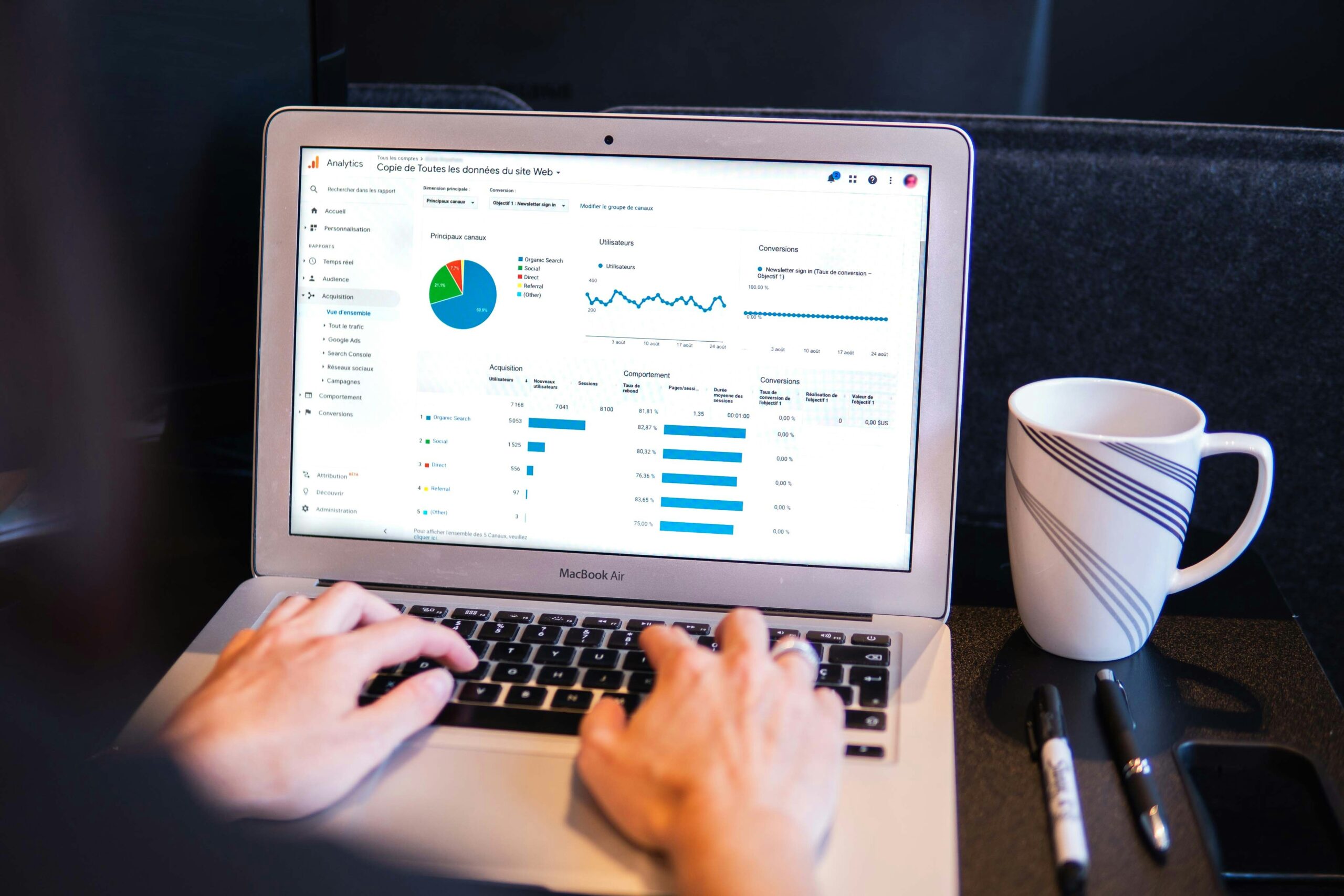
Business Kick-Starter Guides
How to Start an Online Boutique in 2025? [Simple 10 Steps Guide]
Coming up with the perfect formula for starting and running an online boutique will always be the topic of discussion...
How to Calculate Startup Costs for a Clothing Store?
eCommerce

When you're launching a clothing store, it's super important to have a handle on all your expenses. Think of "startup costs" as the initial chunk of money you need to get your business off the ground. These costs are crucial because they answer the question of ’’How much does it cost to start a clothing brand?’’ and how much you need to have on hand before you start making a profit.
Basically, there are two main types of expenses you'll encounter: fixed and variable.
Fixed costs are those that remain constant, no matter how many clothes you sell. Things like rent for your store or fees for your website fall into this category.
On the flip side, variable costs fluctuate depending on how your business is doing.
The amount you need depends on your store type, business model, and scale. A small online clothing brand will have significantly lower startup costs than a full-scale brick-and-mortar store. To give you an idea, here’s a general breakdown of estimated costs based on different business models:
This is the most budget-friendly option since you don’t need to buy inventory upfront. Instead, you work with a print-on-demand supplier that produces and ships products when customers order.
Dropshipping eliminates the need for upfront inventory, but you’ll need funds for website setup and marketing.
Buying in bulk lowers the cost per unit but requires a higher upfront investment.
Physical stores require significant investment in inventory, rent, and store setup.
An online clothing store can be more affordable than a physical location, but there are still essential expenses to consider.
A professional website is the foundation of your online store. You’ll need a domain name, hosting, and an eCommerce platform. Shopify, WooCommerce, and BigCommerce offer different pricing plans.
Here’s an estimate of common website costs:
| Expense | Estimated cost |
| Domain name | $10-$50/year |
| Hosting | $5-$30/month |
| Shopify/WooCommerce | $29-$299/month |
| Website design | $100-$5,000 (one-time) |
Your inventory costs depend on whether you choose wholesale purchasing or dropshipping. Wholesale requires a larger upfront investment, while dropshipping allows you to sell products without holding stock. A small inventory investment could range from $500 to $5,000.
Getting your store noticed requires branding and promotions. You may need a logo, website design, and advertising budget. Social media ads, influencer marketing, and email campaigns are common strategies. A basic marketing budget could be around $200 to $1,500 per month.
Managing orders, payments, and customer service requires various tools. Payment processing fees, email marketing software, and customer support tools all add to your costs. These can range from $50 to $500 monthly, depending on the tools used.
| Expense | Estimated cost | Details |
| Domain name | $10-$50/year | The unique web address for your store (e.g., yourbrand.com) |
| Hosting | $5-$30/month | Required for self-hosted platforms like WooCommerce. Not needed for Shopify. |
| Shopify/WooCommerce | $29-$299/month | Shopify has tiered plans, while WooCommerce costs vary based on plugins and hosting. |
| Website design | $100-$5,000 (one-time) | DIY templates are affordable, while custom design can be expensive. |
A brick-and-mortar store requires higher startup costs, mainly due to rent, store setup, and staffing.
Rent varies based on location, size, and market demand. A small boutique in a suburban area might cost $1,500 per month, while a prime city location could be $10,000 or more. Additional costs include security deposits and utilities.
Your store’s interior needs shelving, displays, and decor to create an inviting shopping experience. Store fixtures and design elements can cost between $5,000 and $30,000.
Buying in bulk for a physical store requires a significant investment. Depending on your store size and style, an initial inventory purchase can range from $5,000 to $50,000.
Hiring employees means factoring in salaries, training, and daily operational expenses. If you start small, you may only need one or two employees, costing around $2,000 to $6,000 per month.
| Category | Estimated cost | Details |
| Retail space (rent) | $1,500 – $10,000+ per month | Costs vary by location, size, and demand. Additional expenses include security deposits and utilities. |
| Store setup and design | $5,000 – $30,000 | Includes shelving, displays, decor, and store fixtures to create an appealing shopping experience. |
| Inventory and stock management | $5,000 – $50,000 | Bulk purchasing requires a high upfront investment, depending on store size and style. |
| Staffing and operations | $2,000 – $6,000 per month | Employee salaries, training, and daily operational expenses for a small team. |
Many first-time store owners overlook certain expenses. Some hidden costs include:
Yes, but you’ll need to be strategic with your spending. A limited budget means focusing on cost-effective methods like print-on-demand services, which eliminate the need for bulk inventory. You can also save money by using secondhand equipment and fixtures if you plan to sell in-person or at pop-up events.
For branding, consider DIY logo design and affordable website-building platforms instead of hiring professionals.
Marketing doesn’t have to be expensive either. Social media platforms like Instagram and TikTok offer free exposure if you create engaging content and connect with potential customers. Influencer collaborations and organic growth strategies can help you gain traction without costly ads.
Negotiate with vendors – Some suppliers may offer discounts for small businesses or flexible payment options.
Starting a clothing brand requires careful planning of your startup costs, from website setup to inventory. Whether you’re launching an online store or a brick-and-mortar boutique, understanding your expenses and managing them efficiently is key. With the right strategy and budget, you can turn your vision into a successful business.
What is dropshipping?